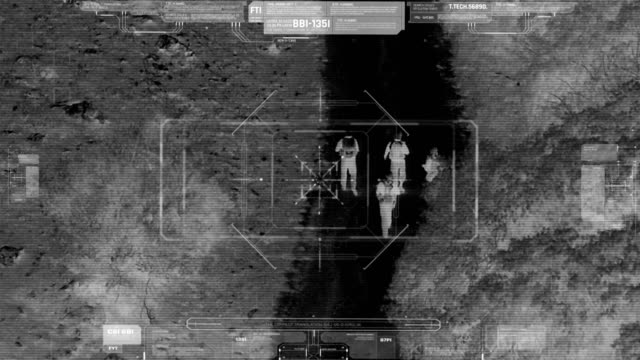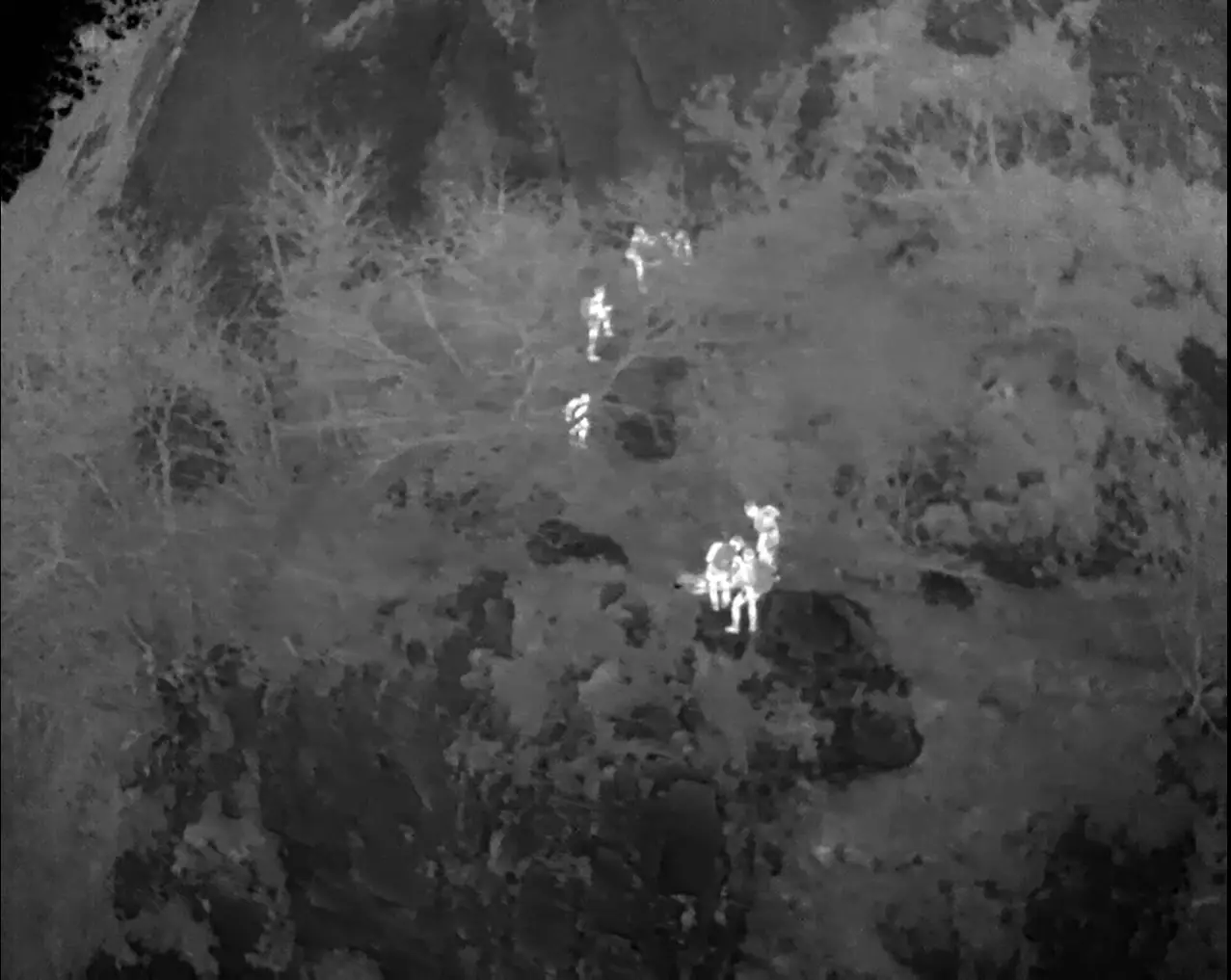Missions Old Page
Potential Applications
- Homeland Security & Defence – ISR (Intelligence, Surveillance and Reconnaissance)
- Ultra-long endurance provides longer surveillance over large areas – A key advantage to Armed Forces & Security Agencies.
- Long range communication System
- Search & Rescue
- Mapping
- Agriculture
- Disaster Response and Recovery


- Versatility: UAVs come in various sizes and configurations, ranging from small quadcopters to large fixed-wing aircraft, allowing for versatility in adapting to different search and rescue scenarios and environments.
Data Collection: UAVs can collect valuable data and imagery, including high-resolution photographs, thermal images, and video footage, which can aid in assessing the extent of damage, identifying hazards, and planning effective rescue strategies.
Coordination: UAVs can be integrated into existing search and rescue frameworks, providing additional aerial support and enhancing coordination between ground teams, emergency responders, and other stakeholders involved in the operation.
Search and rescue operations in India
Aerial Surveillance: UAVs equipped with high-resolution cameras and thermal imaging sensors can provide real-time aerial surveillance over large areas, helping to locate missing persons or disaster survivors more quickly and efficiently, especially in remote or inaccessible regions.
Rapid Deployment: UAVs can be rapidly deployed to disaster-affected areas, providing immediate aerial reconnaissance without the need for extensive ground preparation or infrastructure, thus saving crucial time in search and rescue efforts.
Cost-Effective: UAVs offer a cost-effective alternative to manned aircraft for aerial reconnaissance, as they require fewer resources to operate and can cover larger areas in a shorter amount of time, reducing overall search and rescue costs.
Safety: UAVs can be deployed in hazardous or dangerous environments, such as collapsed buildings or areas at risk of flooding, where it may be unsafe for human rescuers to operate, thus minimizing the risk to rescue personnel.
Persistent Surveillance: UAVs can loiter over a designated area for extended periods, providing persistent surveillance and monitoring of ongoing search and rescue operations, ensuring that no survivors or victims are overlooked.
Border security problems
Enhanced Surveillance: UAVs equipped with advanced sensors such as cameras, infrared imaging, and radar can provide continuous and wide-area surveillance along the border, enabling authorities to detect unauthorized crossings, smuggling activities, and other security threats in real-time.
Rapid Response: UAVs can be quickly deployed to border areas in response to security incidents or suspicious activities, providing timely situational awareness to border patrol agents and allowing for swift interception and response.
Cost-Effectiveness: Compared to manned aircraft and ground-based surveillance systems, UAVs offer a cost-effective solution for border security operations. They require fewer resources to operate and can cover large areas of territory more efficiently, reducing overall operational costs.
Persistent Monitoring: UAVs can loiter over border regions for extended periods, providing persistent monitoring and surveillance without the need for frequent refueling or rest breaks, thereby enhancing border security capabilities and reducing gaps in coverage.
- Flexibility and Versatility: UAVs come in various sizes and configurations, including fixed-wing aircraft, multirotor drones, and hybrid designs, offering flexibility to adapt to different border environments, terrain types, and operational requirements.

- Improved Situational Awareness: UAVs can collect valuable intelligence, data, and imagery, including high-resolution aerial photographs and video footage, which can be used to assess border threats, identify smuggling routes, and support decision-making by border security agencies.
- Reduced Risk to Personnel: By deploying UAVs for border surveillance and reconnaissance, authorities can minimize the risk to border patrol agents and personnel, as UAVs can operate in remote or hazardous border areas where human presence may be limited or unsafe.
- Deterrence: The presence of UAVs patrolling the border can act as a deterrent to illegal border crossings, human trafficking, drug smuggling, and other illicit activities, thereby helping to maintain border integrity and security.
